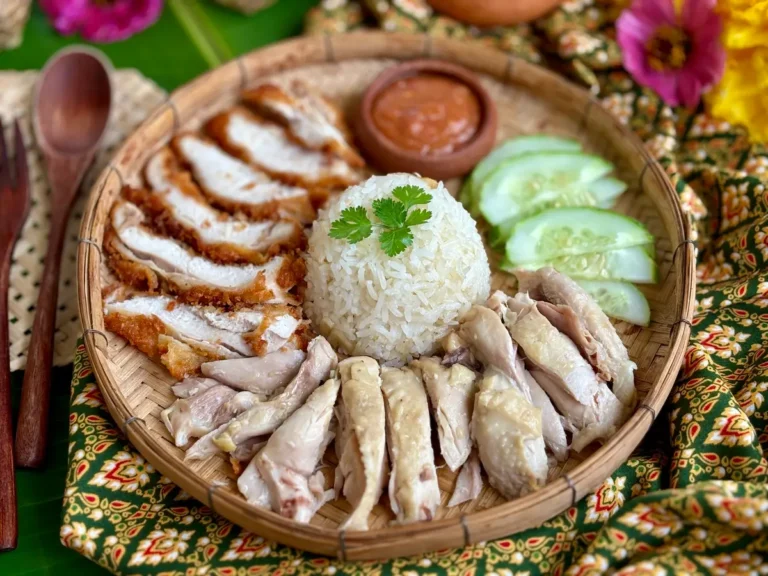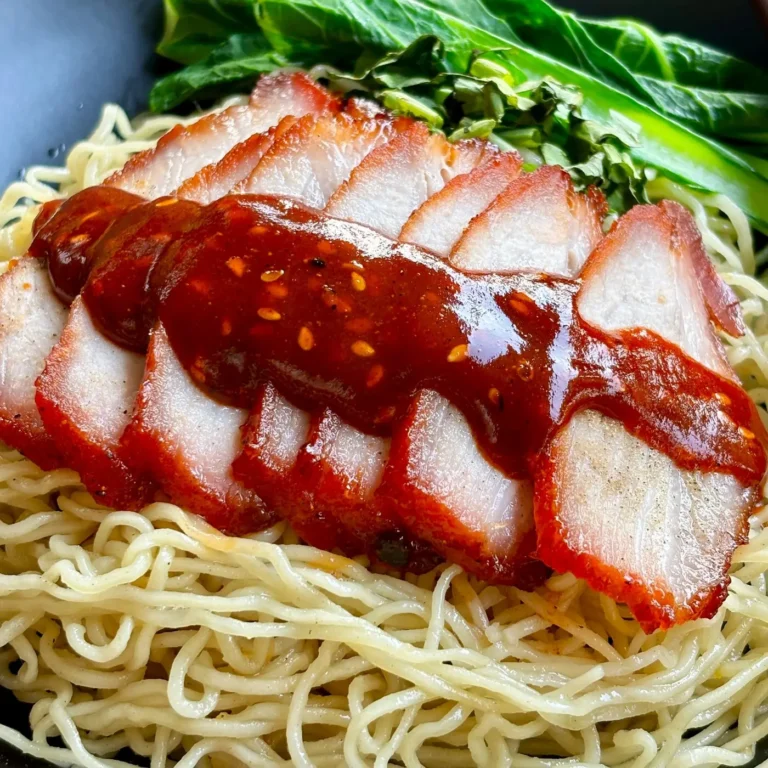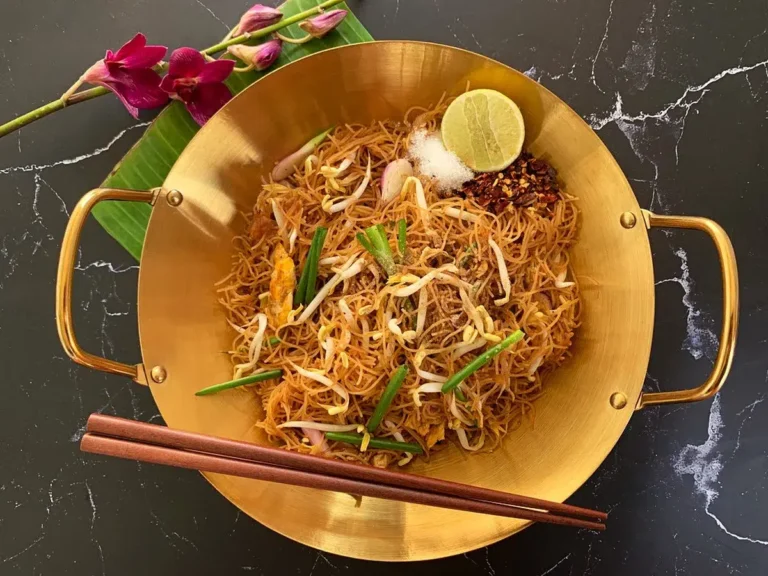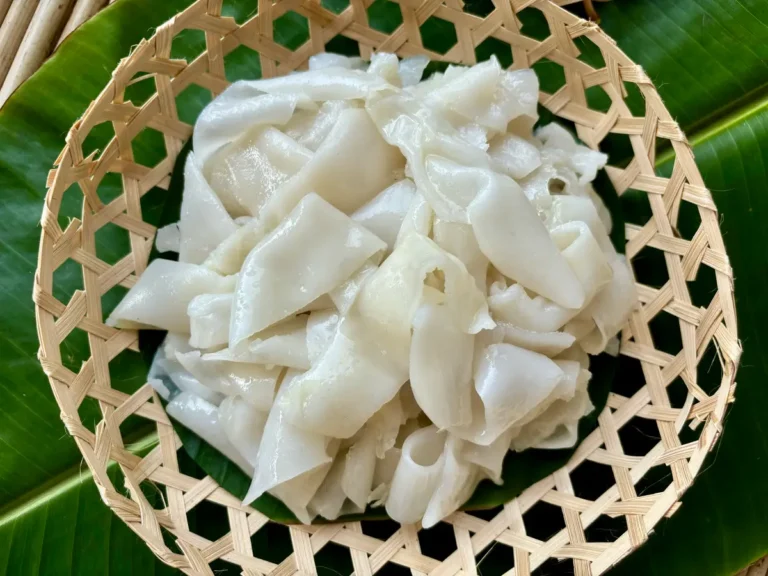Thai Tamarind Sauce Recipe
As an Amazon Associate, I earn from qualifying purchases. Read the full disclosure here .
This Thai tamarind sauce recipe is made from scratch using tamarind pulp (or ready-made concentrate) along with a few simple ingredients. It’s super easy to make and works great as a dipping sauce, sticky glaze, or tangy base for stir-fries.

Tip: If you love making sauces from scratch, my homemade pad Thai sauce and spicy tamarind dipping sauce are two more you’ll want to give a try.
Tamarind sauce is a tangy, slightly sweet sauce made from tamarind pulp or concentrate, sugar, and water. It’s simmered until thick and smooth, with a rich, sour-sweet flavor that pairs well with snacks, grilled meats, or noodle dishes.
What is tamarind?
Tamarind is a tropical fruit that grows in brown pods on the tamarind tree. The inside is filled with a thick, sticky pulp that’s tangy, slightly sweet, and used in many Southeast Asian cuisines.
That pulp is what we actually use in cooking. You can buy it as a compressed block that needs soaking in warm water and then straining to remove the seeds and fibers. This gives you a smooth, usable paste.
There’s also a ready-made version, usually labeled as tamarind concentrate or tamarind paste. It’s already smooth and thick, so you can use that straight from the bottle or jar into your curries, sauces, or stir-fries!
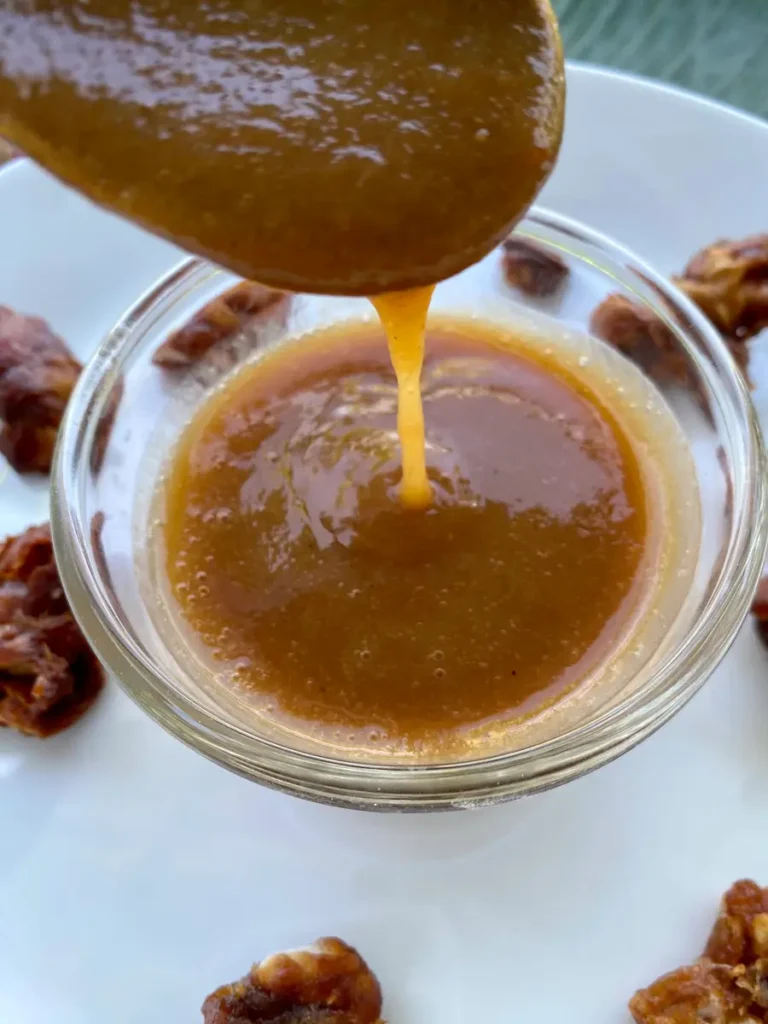
The work method explained
Before we go over the ingredients and instructions, I’ll briefly explain the work method to avoid any confusion while you’re cooking.
This tamarind sauce recipe starts by cooking tamarind pulp with water until soft, then straining it into a smooth paste.

But if you already have store-bought tamarind concentrate or paste, you can skip that step and jump straight to making the sauce!
Once you’ve got the concentrate ready, all that’s left is to simmer it with soy sauce, palm sugar, and water until it thickens into a rich, glossy sauce. That’s it!

This sauce is vegan and free from preservatives and additives. There’s no spice in it, so it’s perfect for kids too!
Ingredient notes
Pick up all the ingredients at your nearest Asian grocery store or market. Scroll down to the recipe card for exact measurements!
For extracting tamarind concentrate

- Tamarind pulp
- Water
For making the sauce
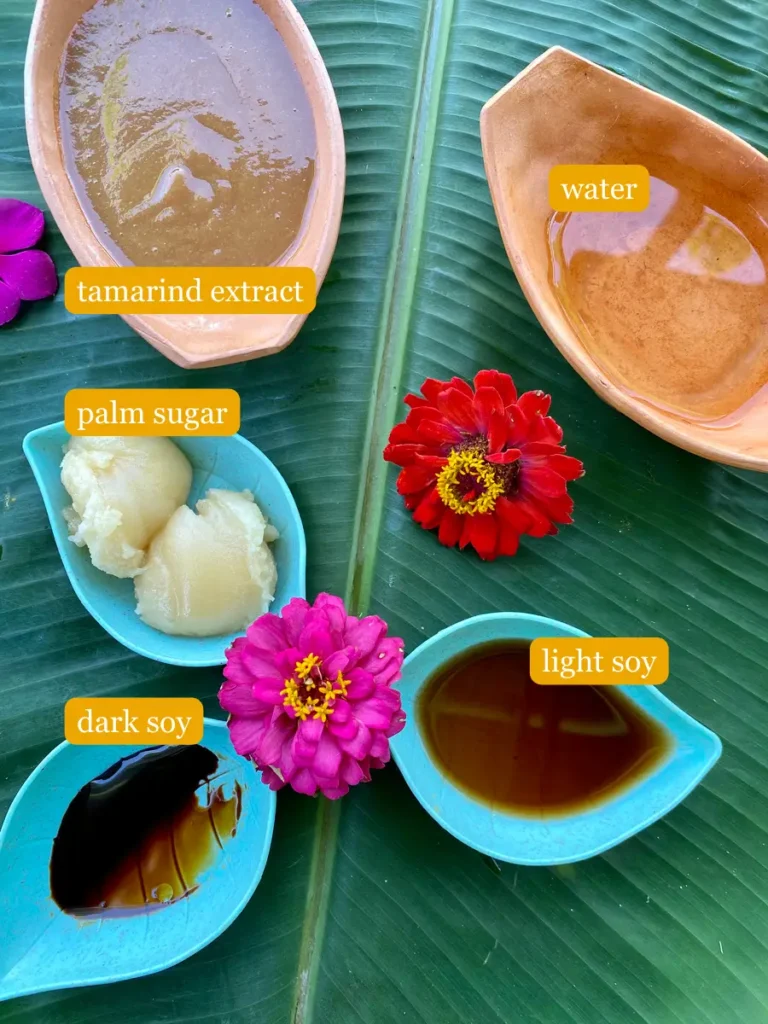
- Tamarind extract
- Light soy sauce – Provides saltiness and umami.
- Dark soy sauce – Adds deep color and a unique sweetness for extra richness.
- Palm sugar – A key ingredient in Thai cuisine that offers natural sweetness with a mild caramel taste.
- Water – Helps loosen the mixture so the sauce simmers down to a smooth, pourable consistency.
How to make tamarind sauce from concentrate
Step 1: If you’re using store-bought tamarind concentrate or paste, you can skip to step 3. Otherwise, add tamarind pulp and water to a saucepan over medium heat. Simmer while stirring until the pulp fully softens, thickens slightly, and the water reduces.
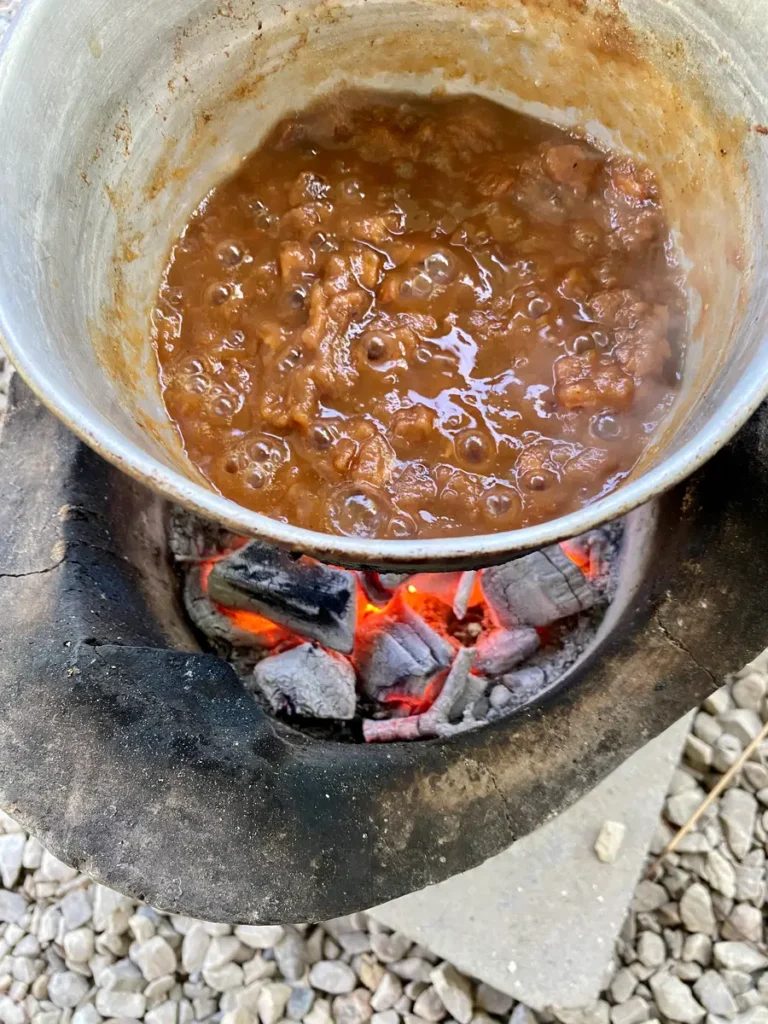
Step 2: Pour the mixture through a fine sieve into a bowl, pressing to extract as much smooth liquid as possible. If it’s too thick, add a splash of hot water and strain again.

Step 3: We will now make the tamarind paste into a sauce. Combine the tamarind liquid, light soy sauce, dark soy sauce, palm sugar, and a bit of water in a pot. Simmer over medium heat, stirring, until the sauce thickens slightly and turns glossy and dark brown. Let it cool slightly, then serve or store.

How to use it
Tamarind sauce has endless uses! Here are a few ideas:
- Use it as a dressing for salads
- Serve alongside grilled pork, chicken, or shrimp
- Brush it on meat or seafood as a sticky glaze
- Stir it into noodle dishes or toss it into a quick stir-fry
- Use it as a dipping sauce for fresh vegetables or spring rolls
How to store
Let the tangy tamarind sauce cool completely, then transfer it to a clean jar or airtight container. Keep it in the fridge, and it’ll stay fresh for up to 2 weeks. Just give it a stir before using, no need to reheat unless you prefer it warm.
More Thai dipping sauces to try
Enjoyed this Thai tamarind sauce? Make my day by leaving a star rating and a quick comment below! You can also follow along on Facebook, Instagram, and Pinterest for more delicious Thai recipes!
Tamarind Sauce Recipe
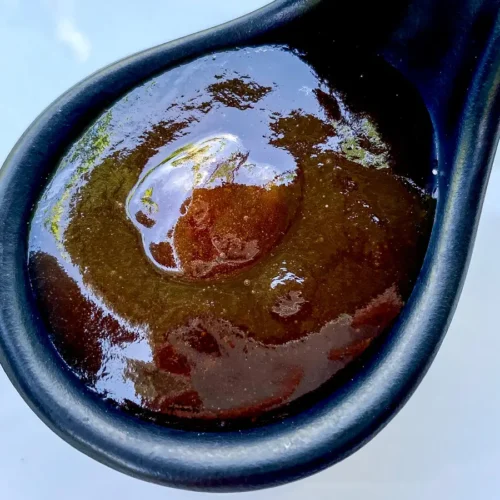
Ingredients
For extracting tamarind concentrate
- 3.5 oz tamarind pulp
- 2 cups water
For making the sauce
- 1/2 cup tamarind concentrate
- 2 tablespoons palm sugar
- 1 tablespoon light soy sauce
- 1/2 teaspoon dark soy sauce
- 3 tablespoons water
Instructions
- If you’re using store-bought tamarind concentrate or paste, you can skip to step 3. Otherwise, add tamarind pulp and water to a saucepan over medium heat. Simmer while stirring until the pulp fully softens, thickens slightly, and the water reduces.
- Pour the mixture through a fine sieve into a bowl, pressing to extract as much smooth liquid as possible. If it’s too thick, add a splash of hot water and strain again.
- To make the sauce, combine the tamarind liquid, light soy sauce, dark soy sauce, palm sugar, and a bit of water in a pot. Simmer over medium heat, stirring, until the sauce thickens slightly and turns glossy and dark brown. Let it cool slightly, then serve or store.
Notes
- Use the nutrition card in this recipe as a guideline.
- Tamarind sauce makes a great dip for a wide array of food.
- The tamarind extract can be used in my recipes that call for tamarind. You have to adjust the quantity, since tamarind extract is highly concentrated.

